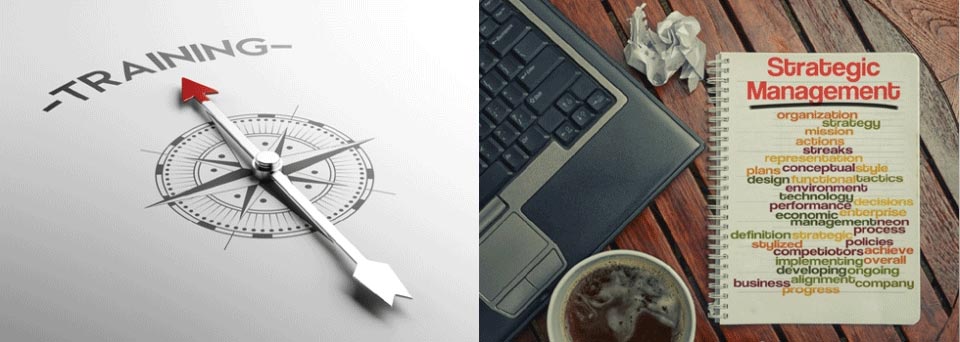Date:-December 8th, 2016:6 Steps to Consumer Journey Success
Key Speaker: Ms. April Mullen (Senior Marketing Strategist, Selligent)
Company Intro
At the beginning of this webinar, the anchor spoke a while about the key services provided by the firm Selligent. It is an integrated engagement solution provider to conduct relationship marketing for agile clients. Its entire focus is customer based. It has a particular marketing style keeping in mind the consumer first philosophy. The following chart will better illustrate their approach vis-à-vis others’.
Listed below is the conventional marketing strategy of most players.
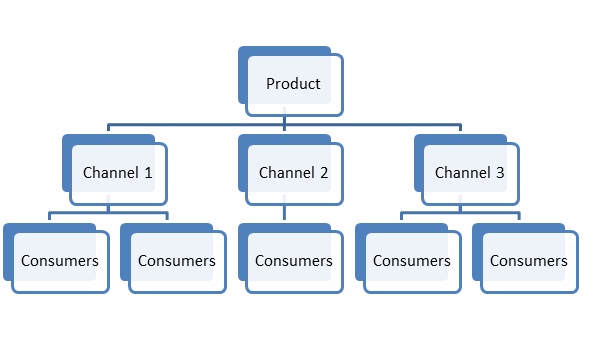
The Selligent approach is shown below.
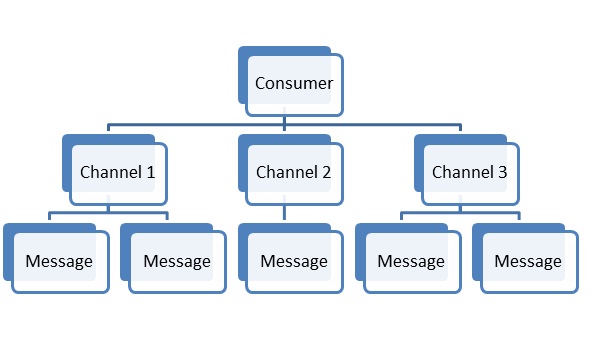
Justification of Customer Experience Approach
While most companies would like to use this approach of the customer focus, most struggle with justifying the costs involved with the end result. That is why it is necessary to quote business research conducted by Forrester which clearly states that companies that are leaders in providing customer experience, tend to grow by a whopping 17% in stark contrast to laggards in this field who grow by only a paltry 3%. In another study, management consulting giant, Bain & Company has confirmed that an increase in investment by just 5% on customer servicing leads to increase in profitability by 75%. This leads to the theory of collaboration which gets a massive boost due to the customer-centric approach.
The concept of collaboration can best be understood from the following illustration:
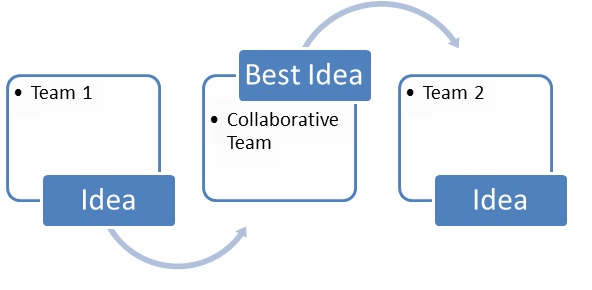
Thus collaboration between the best of teams leads to generation of business innovations. Teams ranging from different geographical to vertical variations must be involved during collaborative sessions. Such teams could involve members from – user experience, customer service, research, product development, analytics and external agencies or consultants.
Each of these sessions are started off by quoting lines spoken by famous inspirational leaders such as Jeff Bezos of Amazon or Esteban Kolsky of Gartner.
The six steps that have been identified have been explain below.
Six Steps
These six steps are in sequential order, though not necessarily linear.
Step 1: Track Actions of Consumers
At this stage the customers’ most important high level actions need to be considered. Data needs to be collected using various processes such as focus groups, surveys, campaign responses and user experience studies. In addition to these formal channels, business intelligence must also be gauged using social media as a listening post. Credit Suisse is one organization which got this entire act the best. The whole customer action process can best be explained using the following chart:
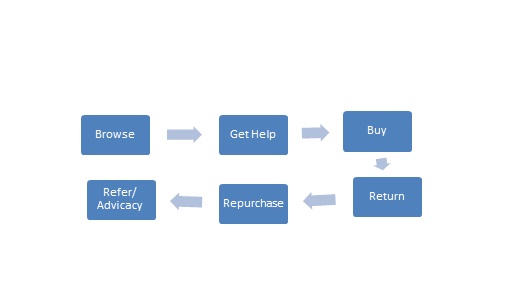
Step 2: Plot Customer Journey
The customer has a set journey pattern. Though it is inexact and keeps evolving, an ideal circuit needs to be plotted. It may be best described as something like the following diagram:
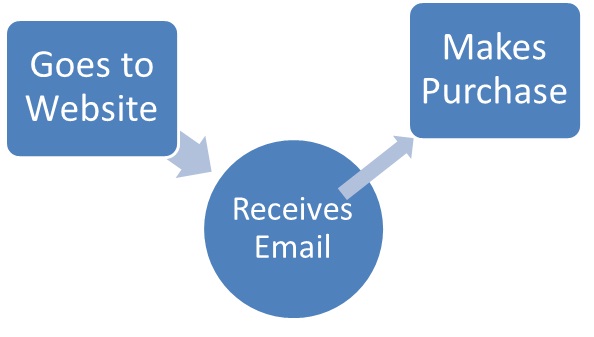
In an ideal scenario this is what must happen, yet often that does not take place due to several inefficiencies.
Step 3: Examine Expectation v/s Reality
In the real world, it is quiet likely that the email was received at least a day after the initial website visit. In that case the digital marketing of the brand is not optimized to leverage situational advantages. This will impact on the final purchase decision as during this time lag, the customer has moved on to another product.
Step 4: Analyze Opportunity
This is the stage where the enormous quantities of data warehousing done will provide real time benefits. Tracking the usage patterns of users, personalized marketing content needs to be broadcast to the potential customer at opportune moment. Predictive analytics ought to be used for such granular analysis. Mistakes may be committed in analyzing the browsing data, but at least a start must be made.
Step 5: Get Real on Feasibility
This is something that marketers must be very careful about. No romanticizing must be done to the point where marketing plans are made without any proper end results in sight. Thus constant testing is a necessity. Prioritization must be made on which accounts are most realistic and worth chasing keeping in mind broader company perspectives.
Step 6: Plot order of Opportunities
Here the proper balance has to be struck between the Return on Investment (ROI) and the Level of Effort (LOE). A welcome programme launched to hook the customer is a good idea at the initial stage. The personalization needs to be added at future stage to cement the relationship between brand and user.
Some brands have perfected this six stage approach. Dominos Pizza for example allows the creation of a Pizza Profile for regular users, so that repeatedly same order does not need to be delivered. One can even order pizza using Twitter or even Amazon Echo device. Zulily, Wayfair and Prezi are other such prominent examples.
Forum: http://www.selligent.com/
[csblink]
